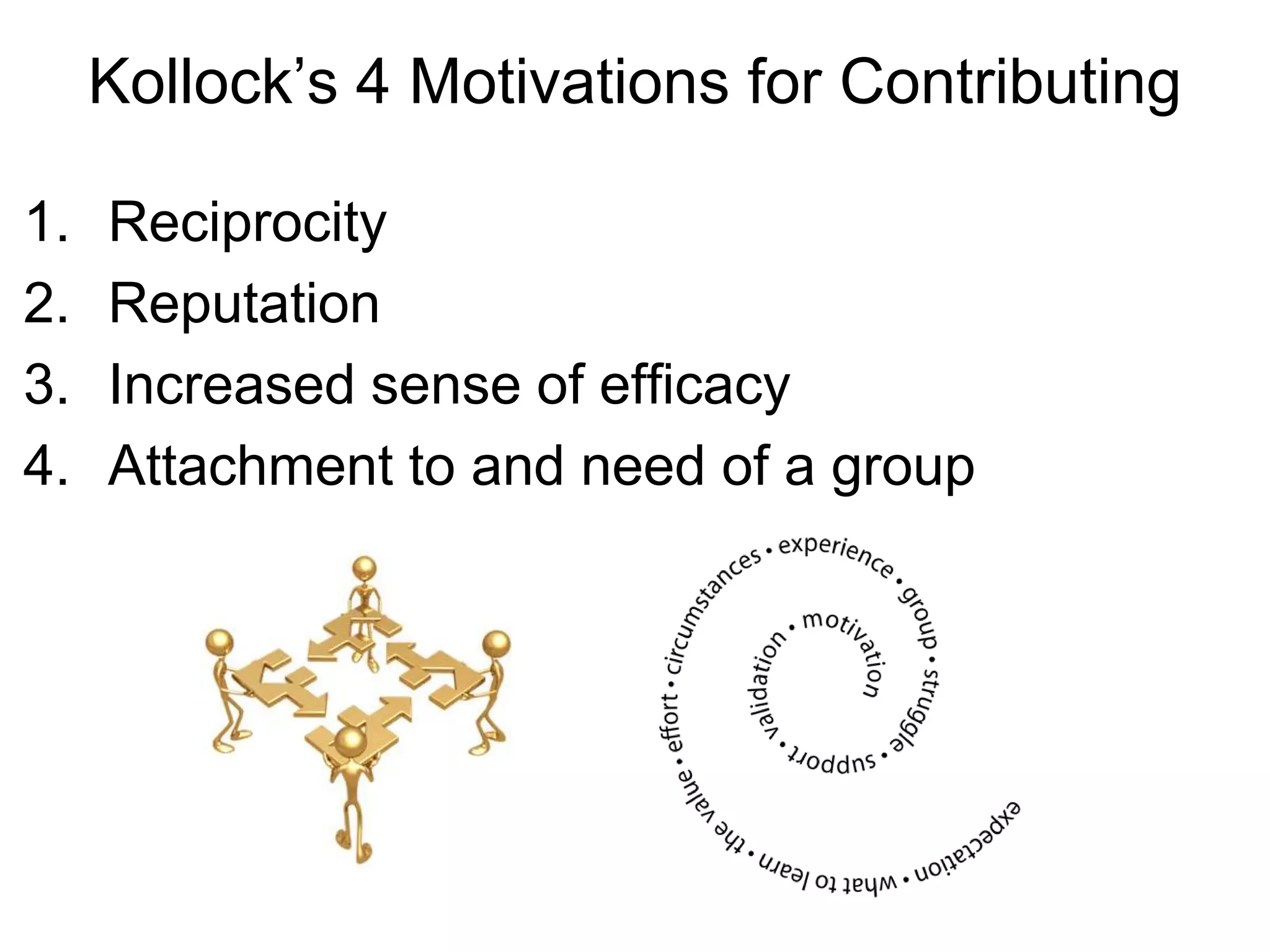This document provides an overview of connected learning and professional development in the digital age. It discusses how learning is shifting from isolated to connected, from consumption to creation, and from individuals to networks and communities. Professional development also needs to change by focusing on participatory learning through communities of practice, personal learning networks, and professional learning communities. When educators adopt connected learning approaches and learner-first mindsets, it leads to more effective professional growth and improved student outcomes.































































































